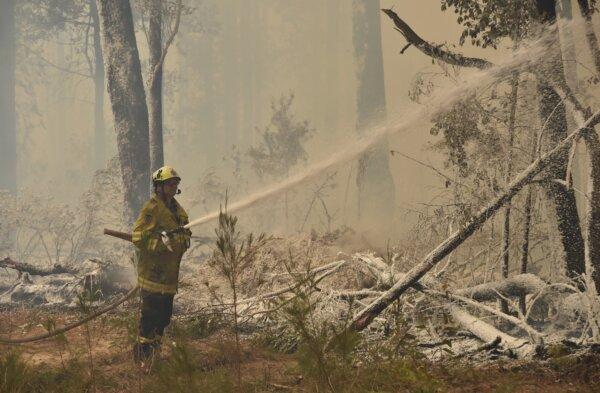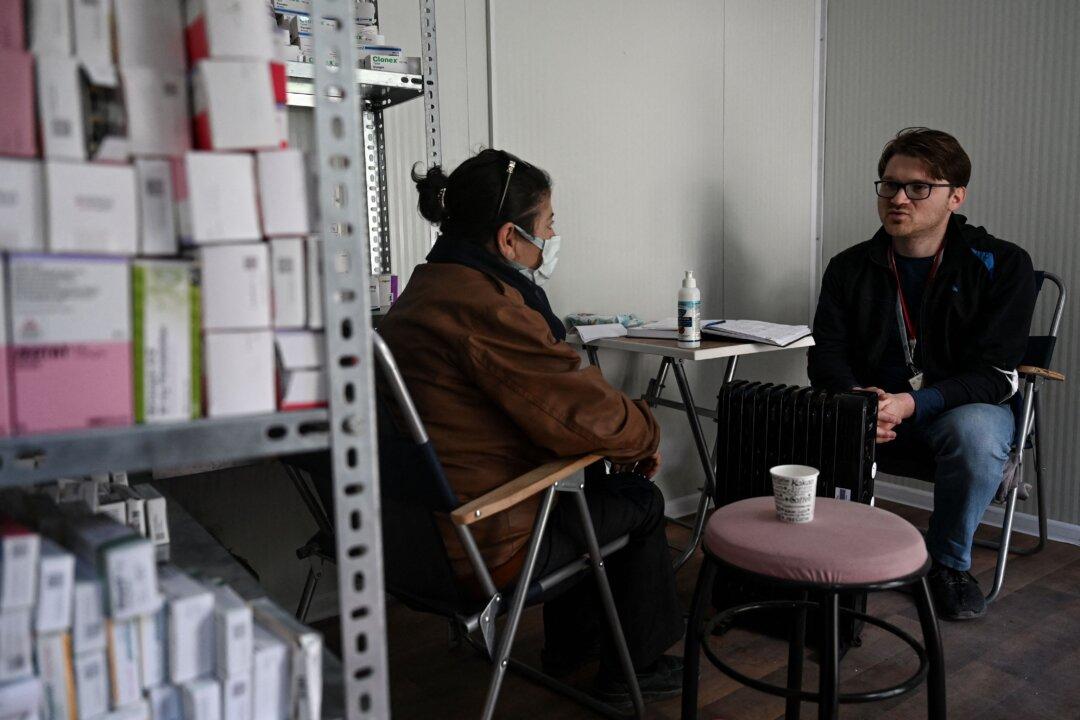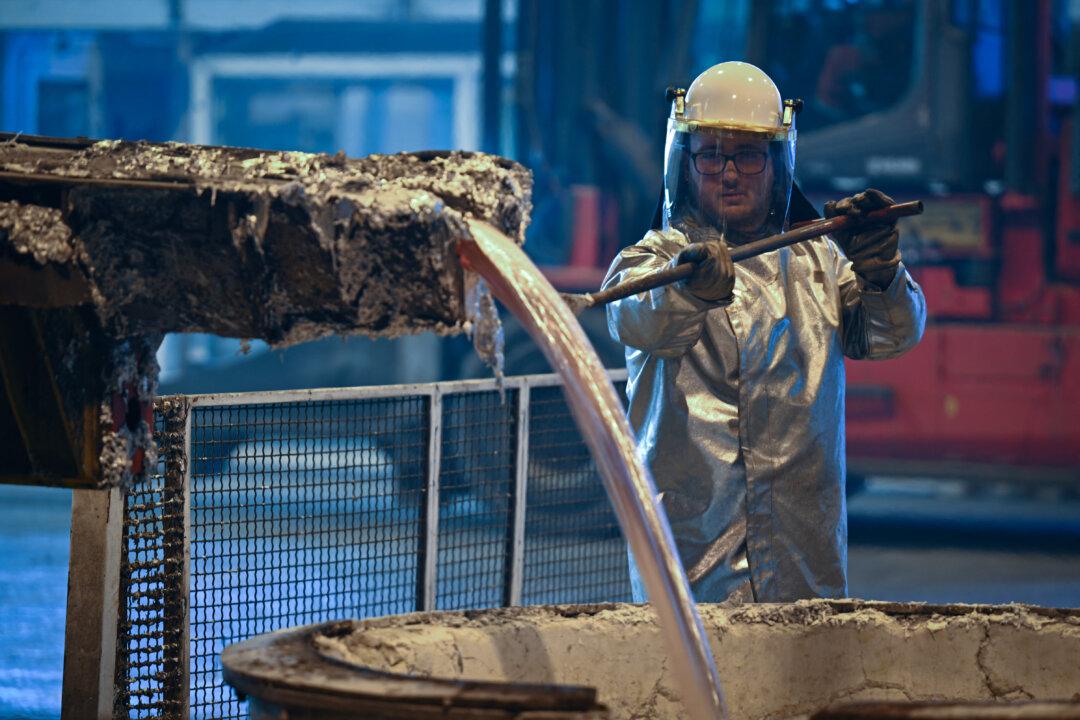An Australian parliamentary committee was told it is challenging to attribute “forever chemicals” to higher risks of cancers and chronic diseases at low exposure levels.
On Jan. 21, the Select Committee on PFAS held a hearing with Wreck Bay community members, whose hometowns have been subject to PFAS contamination, and other experts.
PFAS (perfluoroalkyl and polyfluoroalkyl substance) is a group of long-lasting chemicals widely used in consumer products, such as non-stick cookware, water-resistant clothing, firefighting foams, and industrial processes.
PFAS has been dubbed as forever chemicals due to its hard-to-break-down nature.
While modern science currently has a limited understanding of the impact of PFAS on human health, some research has indicated a potential link between PFAS exposure and increased risks of testicular, kidney, and breast cancers.
It’s Hard to Attribute PFAS to Cancer Risks: Toxicologist
Queensland University Associate Professor Nicholas Osborne, an epidemiologist and toxicologist, stated that while he believed PFAS increased the risks of various diseases, proving that connection was challenging, especially at low levels of exposure.“A lot of those diseases or symptoms of disease, like increased cholesterol, can be caused by such a range of reasons, so it’s very hard to pinpoint that as causal,” he told the Committee.
“Even if someone received a massive dose of PFAS, it may not lead to some of those outcomes. It really depends. These are complex diseases.”
The associate professor also noted that people who were exposed to PFAS could have a different genetic makeup that increased or decreased their health risks, as well as some other behaviours, such as smoking cigarettes and being overweight.
“Whole range of things can lead to these [diseases]. So it makes it very difficult to be able to say it was definitely the PFAS that did it,” he said.
At the same time, Osborne pointed out that PFAS is not really “forever chemicals” like what the media has highlighted.
Proving Cluster Cancer Not Possible: GP
Dr. David Goldberg, a former GP in Wreck Bay, asserted his belief in a local cancer cluster caused by PFAS, despite statistical challenges in proving it.“Nobody can prove a cancer cluster. It’s statistically not possible by the very definition of its small sample,” Goldberg said.
However, the GP stated that his 50 years of medical experience told him such a thing occurred in Wreck Bay.
“But we know a cancer cluster when we see one, even though we can’t statistically prove it,” he said.
“I am convinced that Wreck Bay is being subject to a cancer cluster, and that the very likely cause is PFAS exposure.”
According to Goldberg, official health data has painted a bleak picture of the community’s health in the past decade.
“The Australian Institute of Health and Welfare has got very damning statistics on Wreck Bay,” he said.
“For that decade between 2010 and 2020, it was the number one community in Australia for [the] likelihood of dying under 75 [years old] and in four other years, it was number two.”
Wreck Bay has been subject to PFAS contamination due to the use of firefighting foams in the nearby naval base HMAS Creswell and the Jervis Bay Range Facility for over three decades.

Wreck Bay Community Member Calls for Independent Investigation
Clive Freeman, a lifelong resident of Wreck Bay, called for an independent investigation to ensure suitable remediation measures could be implemented.He also expressed scepticism about the government’s investigation, saying it might not be objective.
“I think the Commonwealth investigating itself is problematic, and it compromises the data,” Freeman said.
“I don’t think that we can adequately create any type of remediation if the perpetrators are talking about how to fix their own problems and not having an independent agency that is forced to come in without it being a part of or purchased by the perpetrator.”
Furthermore, the Wreck Bay member said there needed to be more accountability from the government side, as he alleged that authorities had kept silent for many years despite knowing about the issue.
$22M Settlement for Wreck Bay PFAS Contamination
In 2019, The Defence Department finalised investigations into PFAS contamination in the two facilities and elevated PFAS exposure risk to human health at some locations.According to the investigation, PFAS from the Navy base leaked into nearby areas through surface water during rainfall.
In 2023, the federal government reached a $22 million (US$13.8 million) settlement with the Wreck Bay Aboriginal community to address PFAS contamination.







